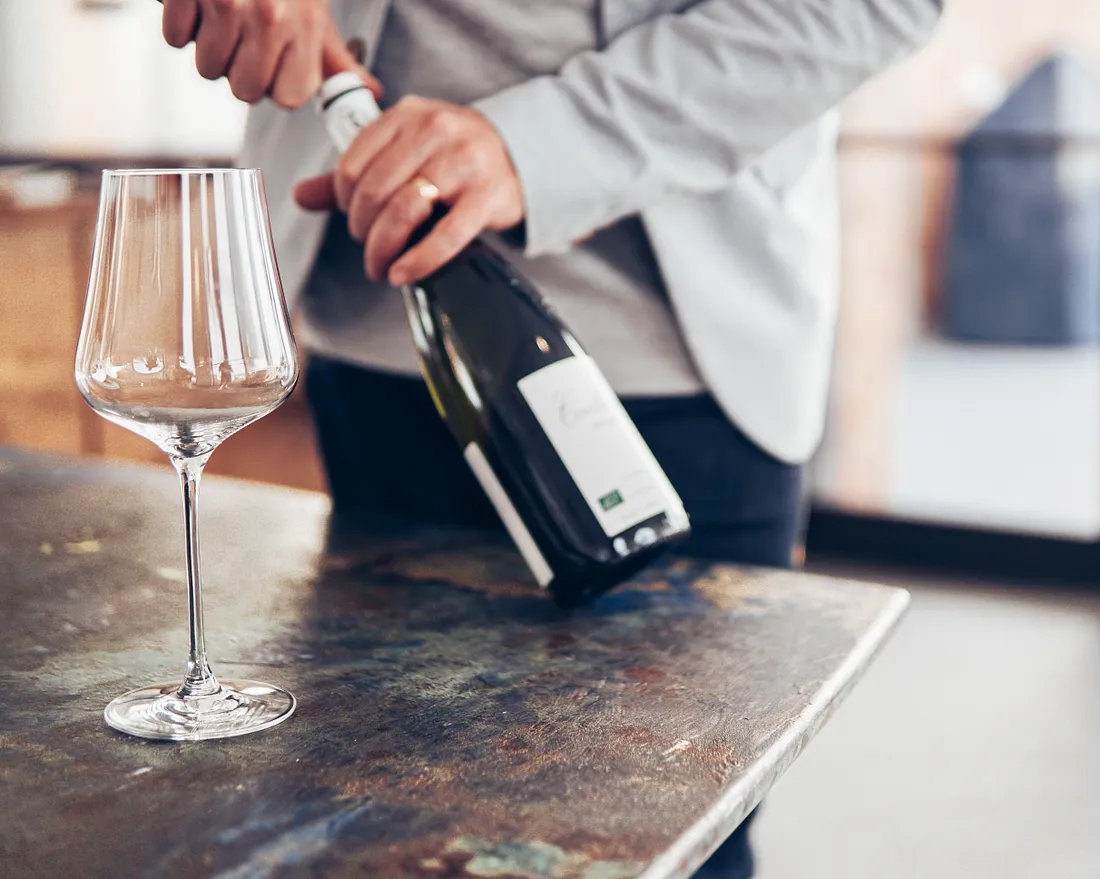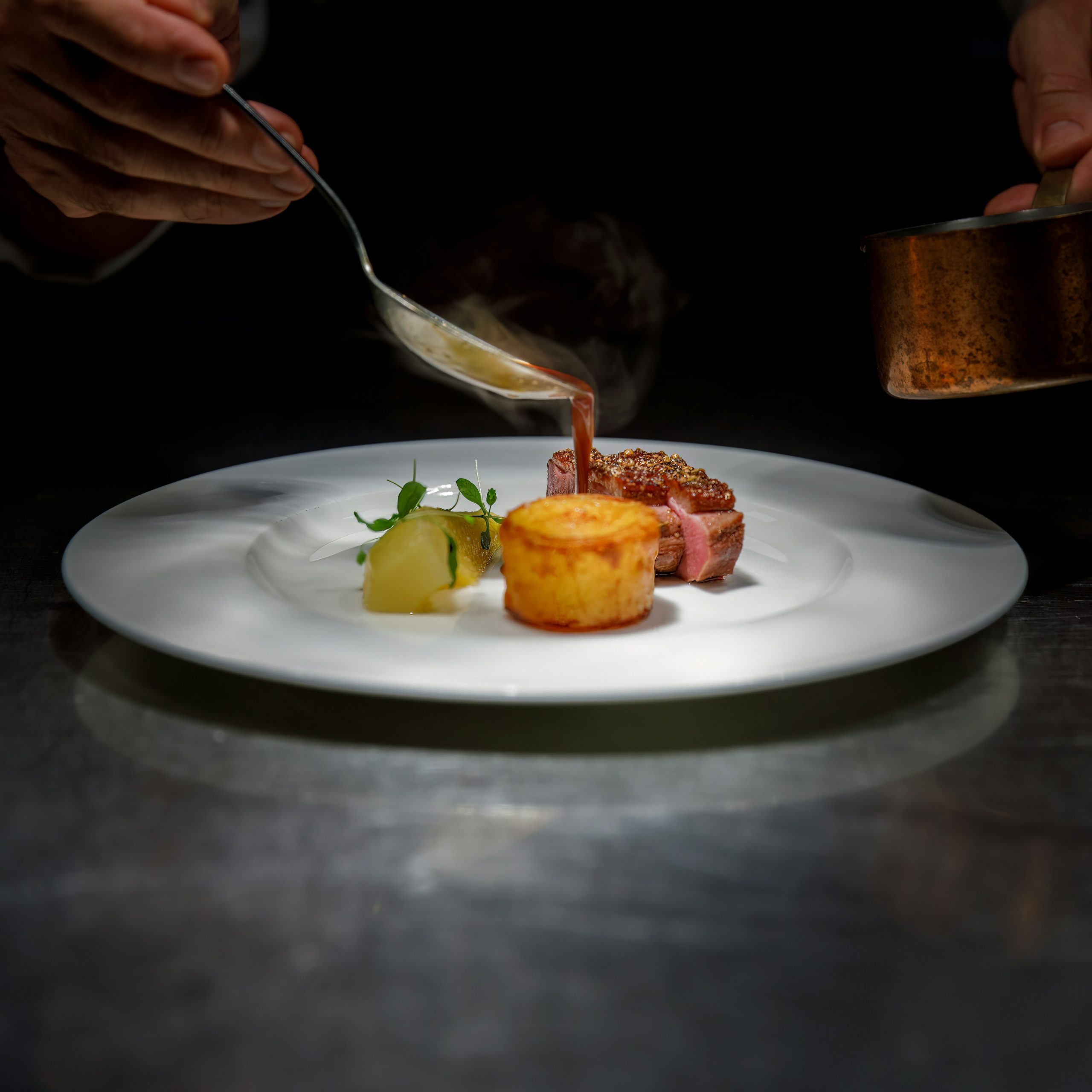
The changing demographics of fine wine investors
In the wake of turbulent economies and multiple bank failures, the market is top of mind for many investors. While some have become more conservative, other investors are looking to diversify their portfolios through alternative assets like wine.
At the end of 2022, Liv-ex Fine Wine 1000 (which measures the global market) was up by more than 10 percent of what it was at the beginning of the year. In fact, the market has had an 8 percent compound annual growth for the last 15 years.
As more people look to wine as an asset, the landscape of investors is becoming more diverse in background, interests, and investing experience. Here’s a look at the emerging wine investor:
Digital investors
What was once an asset beloved by collectors and enthusiasts has become more popular with those outside the wine world. This is partially thanks to wine investing now being more accessible, and easier to do, for laymen. Today’s wine investors no longer need to find storage for vintage wines or even spend time authenticating them. Instead, they can use digital platforms to streamline the process of buying, selling, and trading.
Platforms like Vinovest have also opened wine investing to new populations of investors, and it looks like these digital spaces are here to stay. One wine and spirits trading platform with a mission to “democratize fine wine investing” recently raised $5 million in funding. Another company, Cult Wines, is developing an app to help new and less wealthy wine investors manage their assets.
Younger investors
With the increase in digital investing, it might not be surprising to know younger people are among the newest wine investors. Take Sotheby’s Auction House, where just three decades ago the average bidder was 65. In 2020, the average age dipped down to 40. Last year, a survey of 2,000 British investors found that less than half invested in alternative assets like wine. However, 62 percent of Generation Z respondents did.
The move to the Internet opened doors for younger generations to invest, particularly in alternative assets. However, the shift might have also inadvertently pushed out some older investors, as practices like building relationships with wine stores become less of the norm in the digital age.
Global investors
While the average fine wine investor might be getting younger, the market is also experiencing new growth globally. Asia is an increasingly important player, with Hong Kong leading the way as the top market on the continent with one of the biggest auction centers in the world. This rise in the sector was made possible when Hong Kong dropped its duty tax on wine in 2008. In the first half of 2022, Hong Kong sent almost 90 percent of its wine exports outside the continent.
Like many current luxury wine investors, today’s Asian investors are particularly interested in Burgundy and Champagne, but they’re also keeping their eye on emerging wines from Asia.
“A big portion of this optimal wine-growing area can be found in Asia,” former Christie’s Head of Wine for Asia Simon Tam told Finance Asia. “As such, growers in markets like China are exploring innovative growing techniques.”
A changing landscape
While the current economic scenario isn’t bright, it is exciting to witness the rise of alternative assets like wine. Not only does this expansion open investing to new populations and markets, but it also changes the investment landscape itself.
Time will tell how transformative and perpetual these new practices and platforms will become. As a longtime investor in fine wine, I am eager to see what the future holds for this luxury asset–and its new investors.



